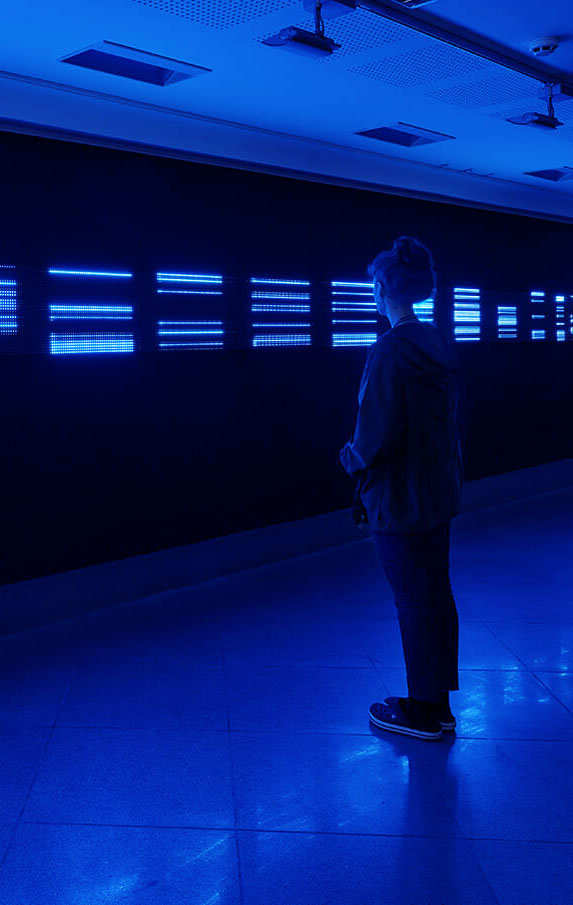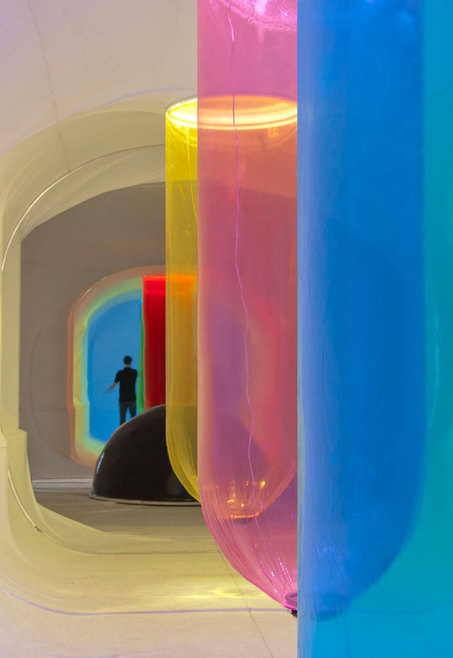
胡帅
Synesthesia Machine
“Synesthesia Machine” is an artificial intelligence with synesthesia, it will emitting corresponding unique scents while perceiving human facial expressions. Through the facial expression recognition algorithm, it can analyze the facial expressions of the audience and output the values of different emotions. At the same time, based on these emotional values, the installation is driven to extract different proportions of scent liquid and atomized and mixed to convert the audience’s facial expression into a unique smell.








